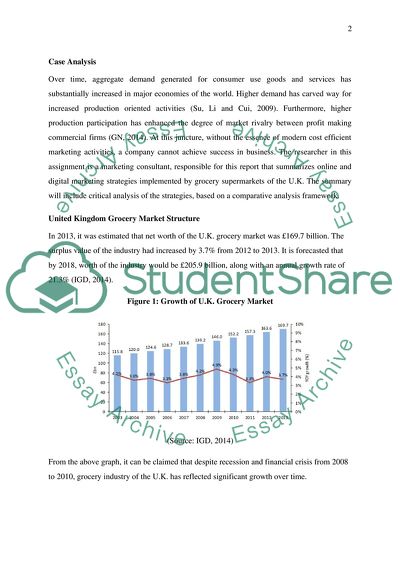Cite this document
(“The digital and online marketing strategies adopted by the main UK Essay”, n.d.)
The digital and online marketing strategies adopted by the main UK Essay. Retrieved from https://studentshare.org/marketing/1649681-critical-evaluation-of-the-digital-and-online-marketing-strategies-adopted-by-the-main-uk-grocery-supermarkets
The digital and online marketing strategies adopted by the main UK Essay. Retrieved from https://studentshare.org/marketing/1649681-critical-evaluation-of-the-digital-and-online-marketing-strategies-adopted-by-the-main-uk-grocery-supermarkets
(The Digital and Online Marketing Strategies Adopted by the Main UK Essay)
The Digital and Online Marketing Strategies Adopted by the Main UK Essay. https://studentshare.org/marketing/1649681-critical-evaluation-of-the-digital-and-online-marketing-strategies-adopted-by-the-main-uk-grocery-supermarkets.
The Digital and Online Marketing Strategies Adopted by the Main UK Essay. https://studentshare.org/marketing/1649681-critical-evaluation-of-the-digital-and-online-marketing-strategies-adopted-by-the-main-uk-grocery-supermarkets.
“The Digital and Online Marketing Strategies Adopted by the Main UK Essay”, n.d. https://studentshare.org/marketing/1649681-critical-evaluation-of-the-digital-and-online-marketing-strategies-adopted-by-the-main-uk-grocery-supermarkets.


